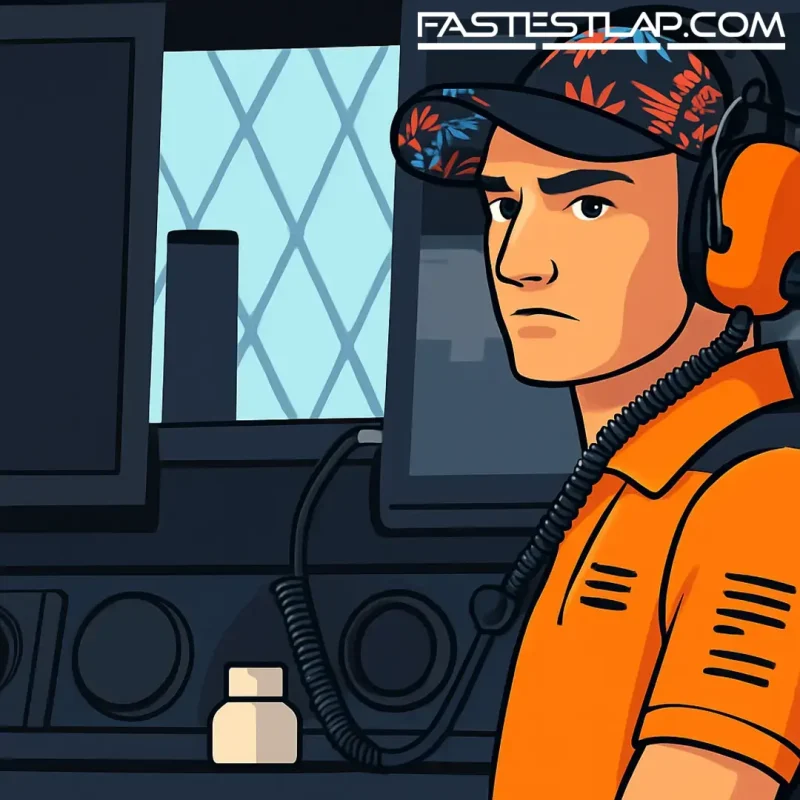The $20m question: McLaren vs Palou finally lands in court
The long, messy breakup between McLaren and Alex Palou moved from paddock whispers to a London courtroom this week, as the team pursues around $20 million in damages from the multiple IndyCar champion over a contract he walked away from.
This is the bill, essentially, for a dream that never materialised. In 2022, Palou signed a three-year agreement that would have placed him in McLaren’s IndyCar programme and kept him firmly on the radar for an eventual Formula 1 seat. The move sparked that very public tug-of-war with Chip Ganassi Racing, who exercised an option to keep him for 2023. A compromise followed: Palou stayed put in IndyCar on a one-year deal while also serving as McLaren’s F1 reserve.
McLaren, for its part, paid a reported $400,000 signing bonus in January 2023 as part of a longer-term commitment from 2024 to 2026. Then, the U-turn. Palou informed McLaren he wouldn’t honour the contract. CEO Zak Brown said at the time that the Spaniard had “no intention of honouring his contract with us in IndyCar or Formula 1.”
So here we are. McLaren isn’t asking a judge to make Palou race orange. It’s chasing money it says it lost because the deal collapsed — including the signing fee and what it claims were millions in commercial opportunities tied to Palou’s F1 testing programme. The figure being sought hovers around $20 million, with roughly $3.5 million said to have been expected from third-party partners.
Palou’s camp rejects the numbers and the narrative. In pre-trial filings and in court this week, his lawyers argued the alleged losses are inflated and, in any case, largely mitigated by McLaren’s own moves since. Their line is blunt: McLaren is trying to “take Mr Palou to the cleaners.”
At the heart of the disagreement is expectation versus reality. Palou’s side maintains the McLaren project sold him on a genuine pathway to F1. But that door didn’t open. With Lando Norris and Oscar Piastri signed on multi-year deals — both still with McLaren for 2025, per the current F1 entry list — there was no obvious seat to inherit. Palou chose to remain where he was winning.
He said as much back in 2023, speaking carefully with legal proceedings looming: the lure was Formula 1, but not at any cost. “The opportunity was great,” he admitted, “but there was nothing else there of, ‘You will have a car.’ Maybe if I was 20, I would have waited, but I’m not 20.” It was a candid acknowledgement that the F1 window is narrow and unforgiving.
From McLaren’s perspective, this is about more than a bruised ego. The team wants to underline that its driver contracts — across its platforms — have teeth. It invested in Palou, handed him reserve duties, lined up testing, introduced partners, and got burned when he stayed with Ganassi instead. Whether the court agrees that level of damage is worth eight figures is the entire game.
The case is set to run through November, with both Palou and Brown among those due to give evidence. Expect the usual behind-the-scenes emails and memos to be dragged into daylight, the kind that reveal how big teams pitch the F1 dream to elite talent. Expect, too, a few awkward questions about what constitutes a “pathway” when the main doors are bolted by long-term contracts.
In the wider F1 context, the timing is awkward but not irrelevant. McLaren enters 2025 with Norris and Piastri locked in, a pairing that leaves little oxygen for anyone outside — never mind an IndyCar champion with eyes on Europe. That’s not a criticism; that’s top-tier roster management in modern F1. But it is the practical ceiling Palou ran up against.
Strip the legal jargon away and the story is simple: a team sold a vision it believed in, a driver chased it until the fine print and the realities of the F1 market made it look more like a mirage, and now both want the other to pay for the fallout. The court will decide whose version carries the heavier weight.
However it lands, this fight is a cautionary tale for the next wave of crossover talent. The carrot of Formula 1 is as shiny as ever, but the stick — as McLaren is demonstrating in London — can be very expensive.




